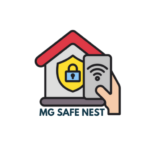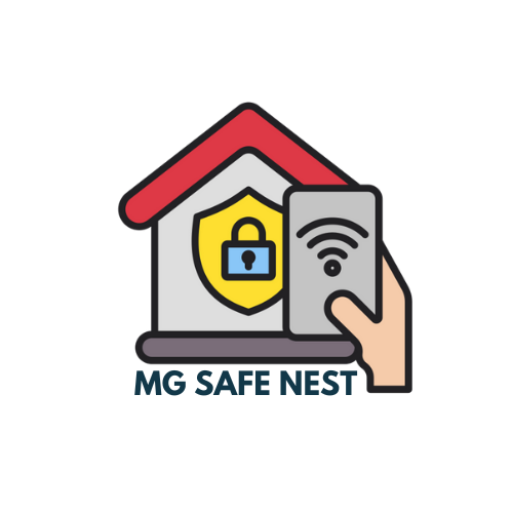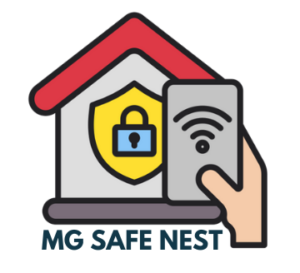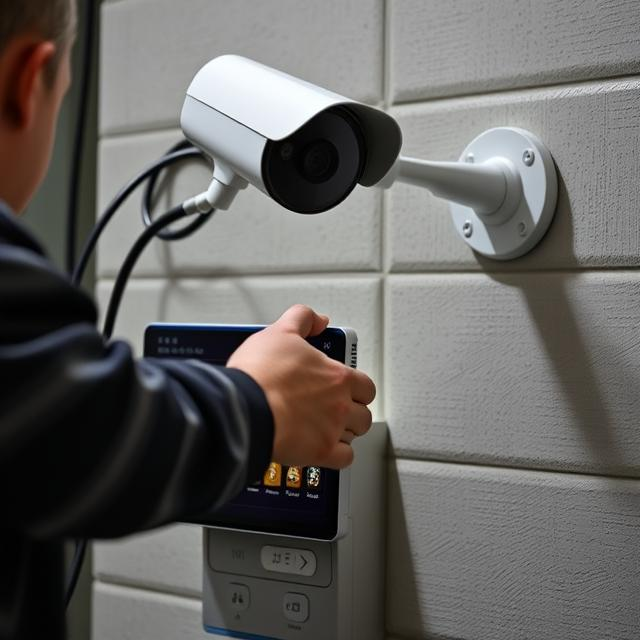Key Points
- It seems likely that having a home security system is a risk management strategy, as it helps reduce the likelihood and impact of various home-related risks.
- Research suggests security systems deter burglaries, detect fires early, and alert to issues like water leaks, enhancing safety.
- The evidence leans toward modern systems offering customizable features, potentially lowering insurance costs and providing peace of mind.
How a Home Security System Fits into Risk Management
A home security system is a tool for managing risks by reducing their probability and impact. Risk management involves identifying threats like burglaries, fires, or floods, and taking steps to control them. A security system, with alarms, cameras, and sensors, acts as a deterrent and provides early warnings, fitting into the risk reduction strategy.
Benefits Beyond Security
Beyond preventing break-ins, security systems offer unexpected benefits like remote monitoring via smartphones, integration with smart home tech for energy management, and potential insurance discounts. These features enhance overall home safety and convenience, making them a comprehensive risk management solution.
Comprehensive Analysis: Home Security Systems as a Risk Management Strategy
This analysis explores how having a home security system for your home constitutes a risk management strategy, delving into definitions, mechanisms, and broader implications. The discussion is informed by recent insights and aligns with the current understanding as of March 4, 2025.
Defining Risk Management in the Home Context
Risk management is the systematic process of identifying, assessing, and controlling risks to minimize their impact. For homeowners, this includes recognizing potential threats such as burglaries, fires, flooding, gas leaks, and medical emergencies, and implementing measures to mitigate these risks. Strategies can involve risk avoidance (e.g., not leaving valuables visible), risk reduction (e.g., installing safety devices), risk transfer (e.g., home insurance), or risk acceptance (e.g., acknowledging minor risks without action).
A home security system primarily aligns with risk reduction, aiming to decrease the likelihood of risk events and lessen their impact if they occur. This is achieved through a combination of deterrence, detection, and rapid response capabilities.
Components and Functionality of Home Security Systems
Modern home security systems typically include a range of devices such as alarms, surveillance cameras, motion detectors, smart locks, smoke detectors, water leak sensors, and carbon monoxide detectors. These systems can be monitored centrally by a security company or managed directly by homeowners, often through mobile apps for remote access.
- Alarms and Cameras: Deter potential intruders by making the home appear less vulnerable, with visible cameras and loud alarms signaling a protected property.
- Smoke and Fire Detectors: Provide early warnings for fire outbreaks, enabling quick evacuation and response, potentially saving lives and reducing property damage.
- Environmental Sensors: Detect water leaks or gas leaks, alerting homeowners to prevent extensive damage or health hazards.
- Medical Alert Features: Some systems include buttons for elderly or disabled residents, ensuring rapid assistance in emergencies.
These components work together to address multiple risk categories, making the security system a versatile tool in the risk management arsenal.
How Security Systems Serve as a Risk Management Strategy
The integration of a home security system into risk management is evident in its ability to address various stages of the risk management process:
- Risk Identification: Security systems help identify risks through continuous surveillance and monitoring. For instance, motion sensors can detect unauthorized entry, while smoke detectors identify fire risks.
- Risk Assessment: By providing real-time data, such as video footage or sensor alerts, systems assist in assessing the severity and immediacy of risks, enabling informed decision-making.
- Risk Control: The primary function is risk reduction, achieved through deterrence (e.g., visible cameras discouraging burglars) and early detection (e.g., alarms triggering swift responses). This aligns with the strategy of minimizing both the likelihood and impact of risk events.
For example, the presence of visible security measures can reduce the likelihood of burglary, as potential criminals may choose easier targets. If a break-in occurs, the system can alert authorities, potentially minimizing theft and damage. Similarly, early fire detection can prevent catastrophic loss, aligning with risk reduction goals.
Specific Risk Categories Addressed
To illustrate, consider the following table detailing how security systems manage different home risks:
| Risk Category | Security System Feature | How It Manages Risk |
|---|---|---|
| Burglary and Theft | Alarms, Cameras, Motion Detectors | Deters intruders, provides evidence, alerts police |
| Fire and Smoke | Smoke Detectors, Fire Alarms | Early detection, alerts for evacuation and response |
| Water Damage | Water Leak Sensors | Alerts to leaks, prevents flooding and damage |
| Gas Leaks | Carbon Monoxide Detectors | Warns of dangerous gas levels, protects health |
| Medical Emergencies | Medical Alert Buttons | Ensures rapid assistance for vulnerable residents |
This table highlights the multifaceted role of security systems in managing diverse risks, reinforcing their status as a risk management strategy.
Broader Benefits and Implications
Beyond direct risk reduction, home security systems offer additional benefits that enhance their value as a risk management tool:
- Peace of Mind: Homeowners gain comfort knowing their property is protected, especially when away, reducing anxiety and enhancing quality of life.
- Cost Savings: Many insurance providers offer discounts for homes with security systems, as the reduced risk lowers the likelihood of claims. For instance, research suggests that insurers may reduce premiums by 5-20% for secured properties
- Customizability and Integration: Modern systems can be tailored to specific needs, such as integrating with smart home technology for energy management or remote monitoring via mobile apps, providing unexpected convenience and control.
- Community Impact: By deterring crime, security systems contribute to safer neighborhoods, fostering a sense of security and well-being for the broader community
These benefits extend the utility of security systems beyond mere security, positioning them as a comprehensive risk management solution.
Considerations and Limitations
While highly effective, security systems are not without limitations. No system is foolproof; determined criminals may bypass measures, and false alarms can occur, potentially leading to complacency or nuisance. Additionally, the initial cost of installation and ongoing maintenance can be significant, requiring homeowners to weigh benefits against expenses. However, for most, the advantages in risk reduction and peace of mind outweigh these drawbacks.
Conclusion
In conclusion, having a home security system is a proactive and effective risk management strategy. It reduces the likelihood and impact of various home-related risks, from burglaries to fires, through deterrence, detection, and rapid response. With additional benefits like potential insurance savings, remote monitoring, and community safety, security systems offer a holistic approach to managing home risks. As of March 4, 2025, this understanding is supported by recent analyses and aligns with the evolving needs of homeowners seeking safety and peace of mind.
Looking for the best home security systems in Houston? Contact us today for a free consultation!
Call Us Now +1 (281) 203-8947




